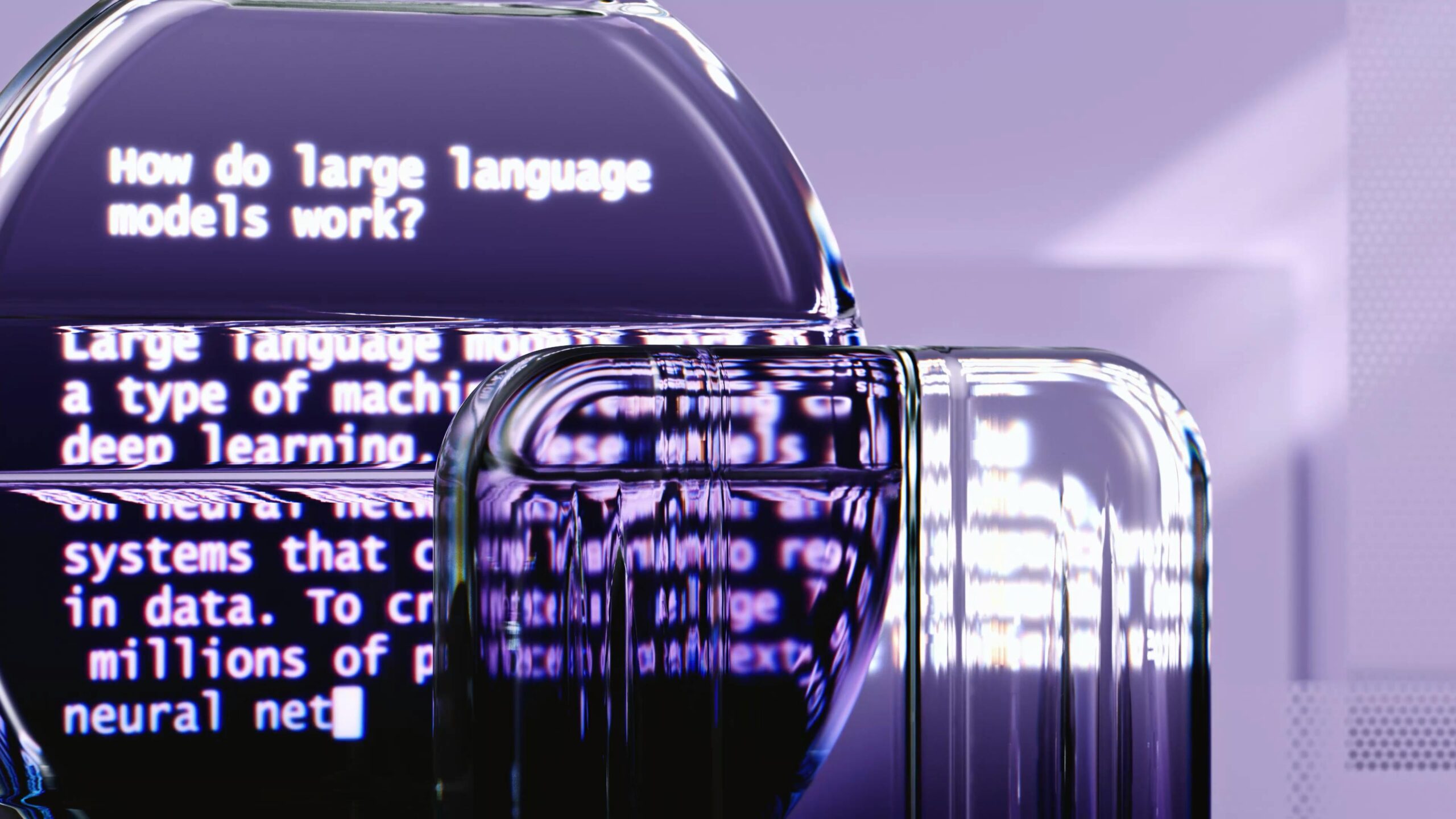As the digital landscape continues to evolve, the intrigue around Large Language Models (LLMs) grows, sparking curiosity among entrepreneurs, business leaders, and technologists alike. With an increasing number of inquiries about what LLMs truly entail, it’s clear there’s a need for clarity on this revolutionary technology. In this article, we aim to demystify LLMs, providing a concise introduction to their workings, significance, and potential impact on various industries. Here is a brief introduction to guide you through the basics of Large Language Models and shed light on their transformative power.
Transformers, Tokens, and Self-attention
In an era where digital innovation continuously reshapes how businesses operate and communicate, Large Language Models (LLMs) stand at the forefront of technological advancement. For entrepreneurs and business leaders, these AI-driven models represent not only the future of automation and data analysis but also an immediate opportunity to enhance customer engagement, content creation, and decision-making. But what really lies behind this revolution? The answer can partly be found in the groundbreaking article “Attention is All You Need” by Vaswani et al. (2017), which introduced the world to transformers. This article is fundamental because it presented the transformer architecture, a new method for handling sequence-based data like text. Transformers eliminated the need for sequential data processing (as in previous RNNs and LSTMs) and enabled parallel processing of text.
This led to significantly faster and more efficient model training. Key concepts introduced include:
- Tokens: The smallest unit of text (can be words, parts of words, or even characters) that transformers process.
- Self-attention: A mechanism that allows the model to weigh and compare each word (token) in a sentence against all others to understand their context and relationships. This improves the model’s ability to understand text on a deeper level.
- Transformers: leverage self-attention to effectively handle long texts by focusing on relevant parts of the data at different times, providing a more nuanced understanding of the language. This technique allows models like GPT and BERT to generate text and understand questions with a surprising degree of nuance and relevance.
Why This Is Important for Your Business
For businesses, this technology offers the opportunity to:
- Automate Customer Communication: Create and manage customer service with bots that understand and respond to customer inquiries in a human-like manner.
- Generate Content: Quickly produce high-quality, relevant content for marketing, social media, and more.
- Analyze Sentiments and Trends: Understand what customers think about your brand by analyzing feedback, reviews, and social media on a large scale.
Implementation in Your Business
Although building your own LLM may be out of reach for many businesses, using existing pre-trained models through APIs or platforms like Hugging Face is an accessible and cost-effective way to integrate this powerful technology into your business.
In a world where customization and customer experience are crucial, LLMs offer a path to innovation and competitive advantages. By understanding and applying the principles behind transformers, tokens, and self-attention, your business can partake in the future of language technology today.
I hope this clarified some of the concepts surrounding large language models.
/Magnus
